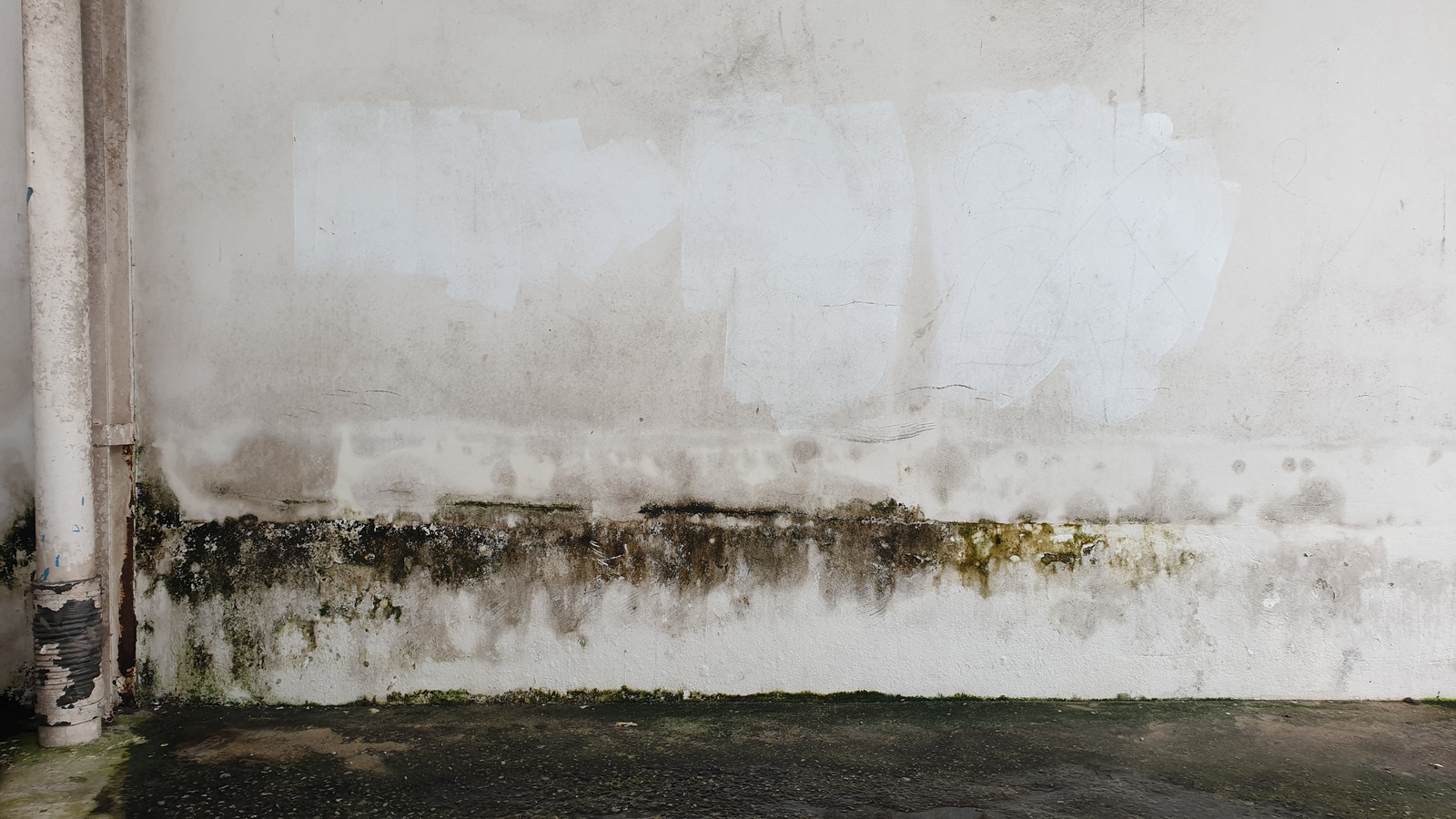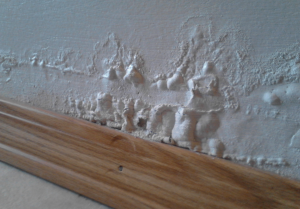Almost everyone may have their personal perception involving Water Stains on Walls.

Water stains on wall surfaces are not pleasurable to the eyes. Your residence must be without stains on the wall surfaces, roofing system, or floorings. That is the perfect state of a house and its frameworks. Often it appears almost unpreventable to experience water discolorations on walls in houses.
Property owners staying in moist areas continuously handle the worry of water stains on wall surfaces. That doesn't have to be the case for you. With all-around as well as exact details on the sources of water spots as well as timely repair work processes, you will certainly constantly be an action ahead of such events. This short article assures to be a helpful guide for you.
3 Usual Causes of Water Spots on Wall Surfaces
Unlike popular belief, water stains on wall surfaces do not always stem from bad structure products. There are numerous root causes of water spots on wall surfaces. These consist of:
Wet
When warm damp air meets with completely dry chilly air, it creates water beads to form on the wall surfaces of buildings. When there is vapor from food preparation or showers, this happens in kitchen areas as well as restrooms. The water beads can tarnish the surrounding walls in these parts of your house as well as spread to various other locations.
Damp or condensation impacts the roof as well as walls of structures. This triggers them to show up darker than other areas of the home. When the wall is wet, it develops an ideal setting for the growth of germs and fungi. These may have adverse effects on health, such as allergies and breathing conditions.
Poor Water drainage
When making a building strategy, it is vital to ensure adequate drainage. This will stop water from leaking right into the wall surfaces. Where the water drainage system is obstructed or nonexistent, underground moisture accumulates. This links to too much dampness that you see on the wall surfaces of your structure.
The leading cause of wet wall surfaces, in this instance, can be an inadequate water drainage system. It can likewise result from bad monitoring of sewer pipes that go through the building.
Pipe Leaks
Many homes have a network of pipes within the wall surfaces. This ensures that the pipes are faraway from the reach of harmful rats. It always raises the stability of such pipelines, as there is little oxygen within the walls. This prevents corrosion.
A downside to this is that water leakage impacts the wall surfaces of the structure as well as causes prevalent damage. An indication of malfunctioning pipes is the appearance of a water tarnish on the wall surface.
Pro Idea
A houseplant in your house also enhances its moisture. If the home is already moist, you may desire to present houseplants with marginal transpiration. An example of ideal houseplants is succulents.
Water Stains on Wall Surface: Repair Service Tips
When dealing with water spots, homeowners would usually want a quick solution. They would certainly quickly understand this is disadvantageous as the water spots reoccur. Here are a few useful ideas that will direct you in the fixing of water stains on walls:
- Always take care of the source of water spots on walls
- Involve the help of expert repair service services
- Method routine hygiene as well as clean clogged up sewer system
- When developing a home in a waterlogged area, make certain that the employees conduct proper grading
- Tiling locations that are prone to high condensation, such as the kitchen and bathroom, assists in lowering the accumulation of damp
- Dehumidifiers are also valuable in maintaining the dampness levels at bay
Conclusion
Although no one wishes to have water stains on walls in their residence, it can take place to the best of us. This short article gives you leverage, as you currently recognize just how to manage this incident if it does happen.
It is always best to recruit expert services to aid take care of the damages in your house.
Occasionally it appears practically unavoidable to experience water spots on wall surfaces in houses.
Contrary to popular belief, water stains on walls do not constantly stem from poor building products. There are a number of reasons of water stains on wall surfaces. The water beads can stain the surrounding wall surfaces in these components of your house and spread to other locations.
Right here are a few handy pointers that will certainly guide you in the repair work of water discolorations on wall surfaces:
How to Remove Water Stains From Your Walls Without Repainting
The easy way to get water stains off walls
Water stains aren’t going to appear on tile; they need a more absorbent surface, which is why they show up on bare walls. Since your walls are probably painted, this presents a problem: How can you wash a wall without damaging it and risk needing to repait the entire room?
According to Igloo Surfaces, you should start gently and only increase the intensity of your cleaning methods if basic remedies don’t get the job done. Start with a simple solution of dish soap and warm water, at a ratio of about one to two. Use a cloth dipped in the mixture to apply the soapy water to your stain. Gently rub it in from the top down, then rinse with plain water and dry thoroughly with a hair dryer on a cool setting.
If that doesn’t work, fill a spray bottle with a mixture of vinegar, lemon juice, and baking soda. Shake it up and spray it on the stain. Leave it for about an hour, then use a damp cloth to rub it away. You may have to repeat this process a few times to get the stain all the way out, so do this when you have time for multiple hour-long soaking intervals.
How to get water stains out of wood
Maybe you have wood paneling or cabinets that are looking grody from water stains too, whether in your kitchen or bathroom. Per Better Homes and Gardens, you have a few options for removing water marks on your wooden surfaces.
- You can let mayonnaise sit on your stain overnight, then wipe it away in the morning and polish your wood afterward.
- You can also mix equal parts vinegar and olive oil and apply to the stain with a cloth, wiping in the direction of the grain until the stain disappears. Afterward, wipe the surface down with a clean, dry cloth.
- Try placing an iron on a low heat setting over a cloth on top of the stain. Press it down for a few seconds and remove it to see if the stain is letting up, then try again until you’re satisfied. (Be advised that this works best for still-damp stains.)
https://lifehacker.com/how-to-remove-water-stains-from-your-walls-without-repa-1849742925

I stumbled upon that content on when perusing the internet. Appreciated our blog? Please share it. Let others check it out. Thank you for your time invested reading it.
Schedule Today
Comments on “Instructions to Detect and Repair Stains from Water on Walls”